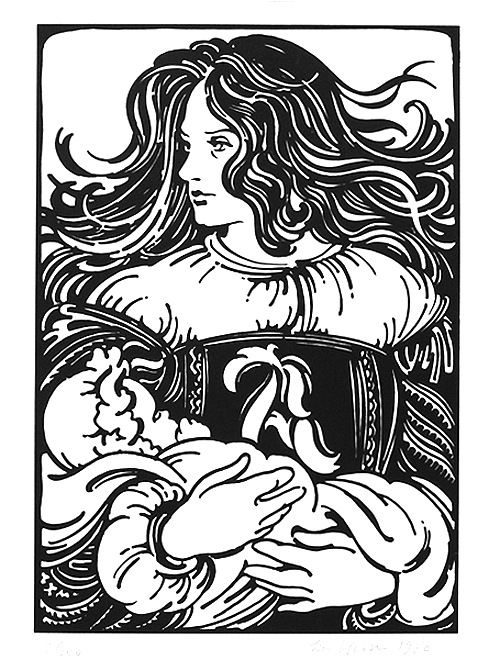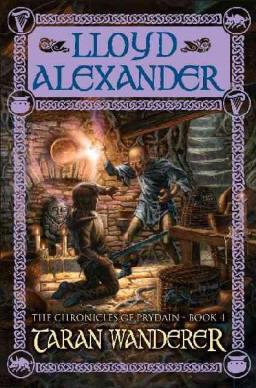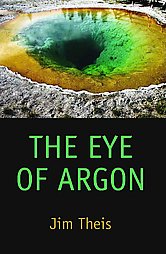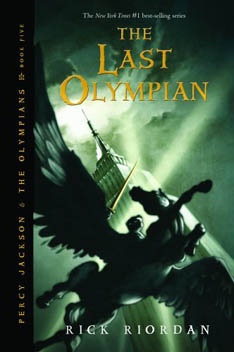Teaching and Fantasy Literature: The Hunger Games and the SAT
 The cheap shots are kind of tempting — analogies, or allegories even, about the SAT as a form of gladiatorial combat. Some of my students do experience the test that way. Certainly the SAT has become a fasting ordeal, now that it’s four hours long and still allows only one break long enough for scarfing down an energy bar. But I’m not enlisting the aid of Katniss Everdeen to fight the College Board over its test. Odd as it sounds, there are some admirable, humane aspects to the SAT in its current incarnation. I’ve just started using the Neo-Roman culture of Suzanne Collins’s Panem setting to work to take the fear out of Latin-derived vocabulary words.
The cheap shots are kind of tempting — analogies, or allegories even, about the SAT as a form of gladiatorial combat. Some of my students do experience the test that way. Certainly the SAT has become a fasting ordeal, now that it’s four hours long and still allows only one break long enough for scarfing down an energy bar. But I’m not enlisting the aid of Katniss Everdeen to fight the College Board over its test. Odd as it sounds, there are some admirable, humane aspects to the SAT in its current incarnation. I’ve just started using the Neo-Roman culture of Suzanne Collins’s Panem setting to work to take the fear out of Latin-derived vocabulary words.
One of the pleasures of the Hunger Games trilogy for adult readers is the subtle thread of Roman influence on the world-building. It’s completely lost on the narrator, who has been raised in extreme poverty and educated only far enough to serve a dictatorial state. Since Katniss can’t comment on the classical echoes, and doesn’t need to understand them to navigate her world successfully, teenage readers who haven’t been offered much history earlier than 1776 can get by all right, too. They hang on in the wake of Katniss’s enormous personality and follow her through fire and storm to the end of the last volume. My students do get all the big themes and moods of the story, and all the wild action. The little grace notes that genre readers smile over, well, left to themselves, my students just shrug and treat them as non-specific markers of Panem’s otherness.
Consider the Cornucopia.



 Oaths, vows, geasa, bindings–you love reading about that kind of thing, or you wouldn’t be here at Black Gate. A vow is powerful magic. A vow written or witnessed is more powerful still.
Oaths, vows, geasa, bindings–you love reading about that kind of thing, or you wouldn’t be here at Black Gate. A vow is powerful magic. A vow written or witnessed is more powerful still.
 “What do you do when nobody’s making you do anything?”
“What do you do when nobody’s making you do anything?”